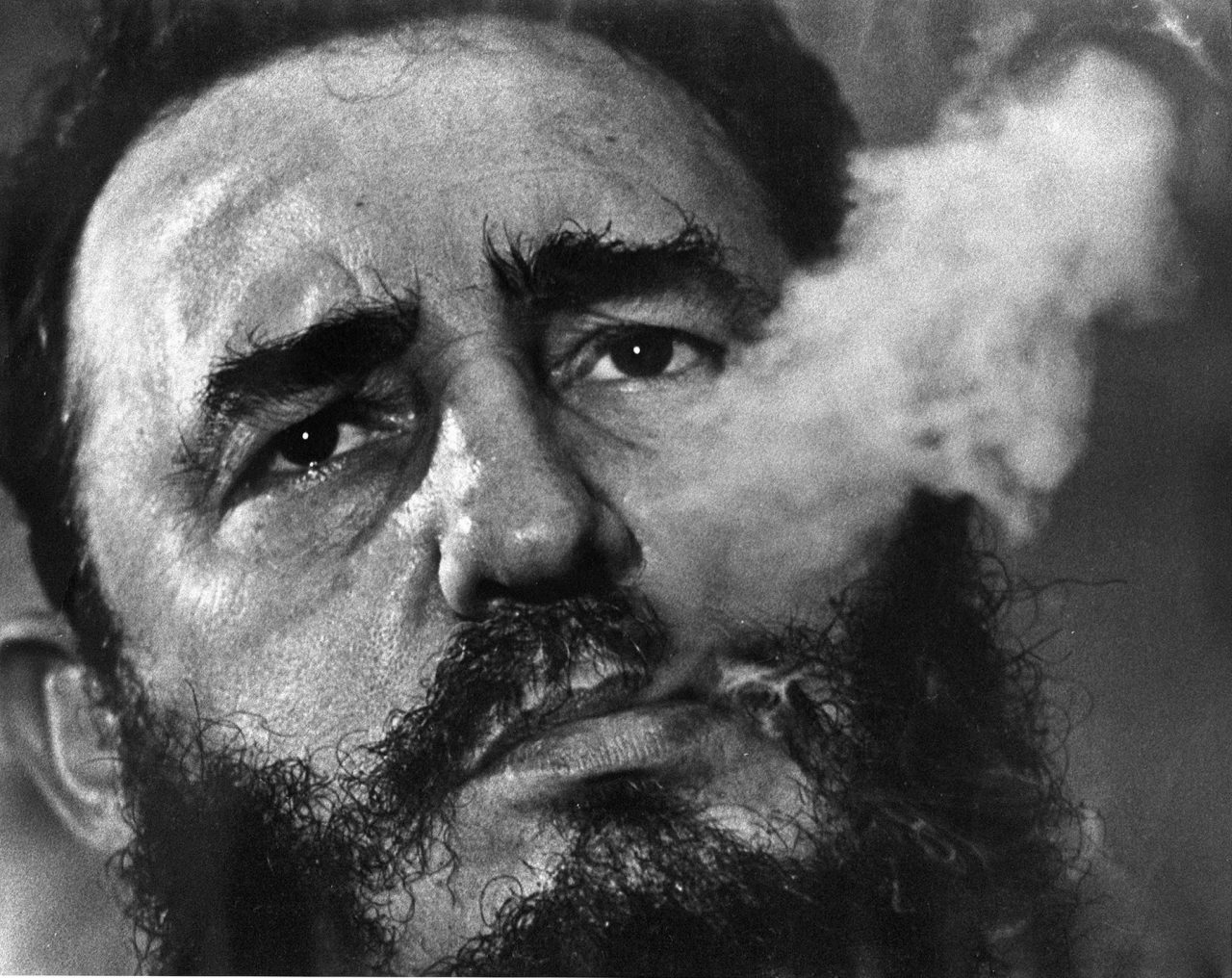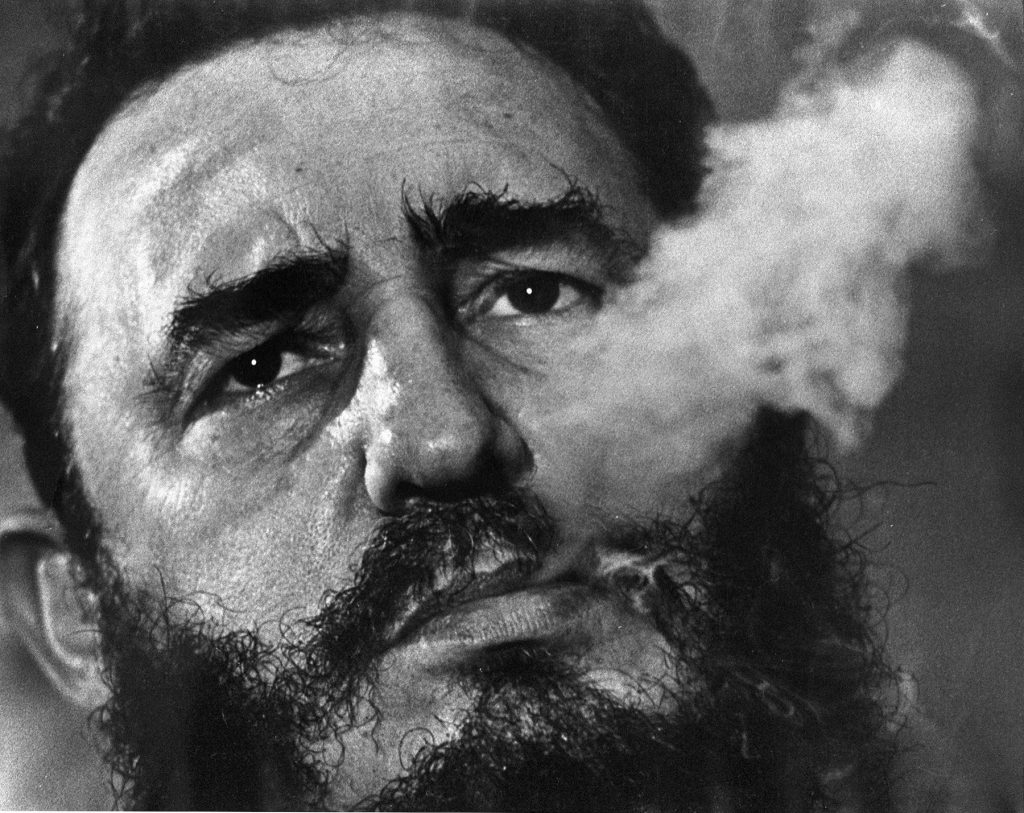
Here’s why everyone is so divided over Fidel Castro
Fidel Castro, Commander in Chief of the Cuban Revolution and leader of Cuba from 1959 to 2006, has passed away. You only need to see the incredibly mixed reactions to Fidel Castro’s death to get a sense of how much he’s a ‘love him or hate him’ kind of guy.
Here’s how Cubans in Miami celebrated his death....
...and here's students in Havana mourning his passing.
Conmovedora concentración de estudiantes y profesores de la #UniversidadDeLaHabana en la histórica escalinata. #HastaSiempreComandante pic.twitter.com/lYWLRrl3cT
— Cubadebate (@cubadebate) November 26, 2016
Cuba’s history for the five hundred years before Castro came into power was pretty much colonialism, army politics, and corruption.
Cuba’s history pre-Castro was pretty dark. The story basically goes: Spanish colony from 1492 to 1898, independence followed closely by thirty years of US military rule, independence again, and then a string of corrupt politicians with strong links to the military.
The person in power just before Castro was Fulgencio Batista, who a lot of people saw as a puppet of the US. Cuba had a pretty strong middle class under his rule, but inequality and corruption were way out of hand.
A strategic planning trip to Mexico, an $140 kickback from his dad, and one failed revolution later, Castro took over in 1959.
Castro was the son of a wealthy farmer and led a fairly privileged childhood. He became involved in politics from a young age, and asked his dad for $3000 to help him finance a revolution. He got $140, took a trip to Mexico with his well-known partner in crime Che Guevara (the guy on all the T-shirts & star of Motorcycle Diaries) and planned an attack on a place called the Moncada Barracks in 1953.
It failed miserably, but he tried again six years later and succeeded, ousting president Fulgencio Batista in 1959.
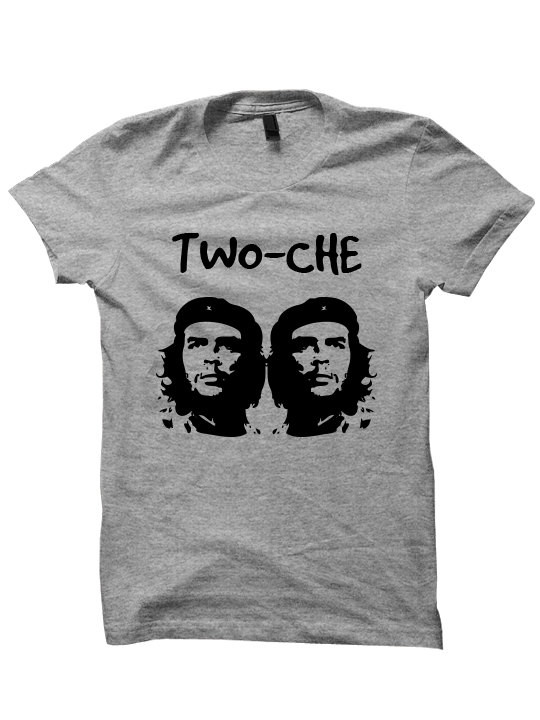
Castro’s economics were based on the idea of creating a fair and equal society for all...but with some controversial methods.
Castro’s two biggest economic moves the second he came into power were to transfer all private property in the country into government hands – in other words, ‘nationalize’ it – and to set up a universal healthcare and education system. By investing in what economists call ‘human capital’ – which just means the skillset of the population – he created one of the cheapest and most productive labor forces in the world.
The US wasn’t happy about all their private property being confiscated, and declared an ‘embargo’ on Cuba in 1961 – i.e. banning all American businesses from trading with the country, and vice-versa.
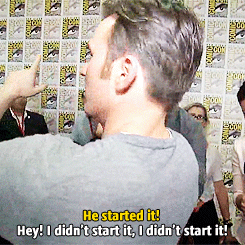
The USSR, always looking to add another anti-American ally to their friendship group, swooped in and committed to buying all of Cuba’s sugar in exchange for sending back manufactured goods, foreign currency, and a few special advisers. They spent a total of around $65bn on the island over the course of three decades.
Castro once said he thought free speech was a ‘luxury’ for developing countries, and multi-party democracy was ‘multi-rubbish’. Pretty much from the get-go, he silenced critical media outlets, executed or drove into exile those who he saw as a threat to his rule, and bolstered the security forces to keep tabs on the population.
But in 1990, Castro’s model ran into a serious problem: the collapse of the USSR, their biggest (and pretty much only) trading partner.
When the USSR collapsed in 1991, Cuba was in serious trouble. The country’s ‘gross domestic product’, or – the combined value of all goods and services it produces – fell by 33 per cent over the course of four years (in a stable economy, it wouldn’t ever change by a margin of more than around 2 to 8 per cent a year.)
Remittances – money sent back to Cuba from Cubans living abroad – became one of the main sources of funds for Cuba’s economy. Sex tourism skyrocketed – “The girls in my class all know they can earn more in a single night than I can in an entire year,” a university professor said in 1993.
A reluctant Castro agreed to make some reforms to the economy in light of the crisis. He legalized some private sector activities and allowed people to trade in dollars. But when the USSR’s money was replaced by backing from Venezuela in the mid-1990s – mainly in the form of discounted oil – Castro reversed a lot of the reforms right back.
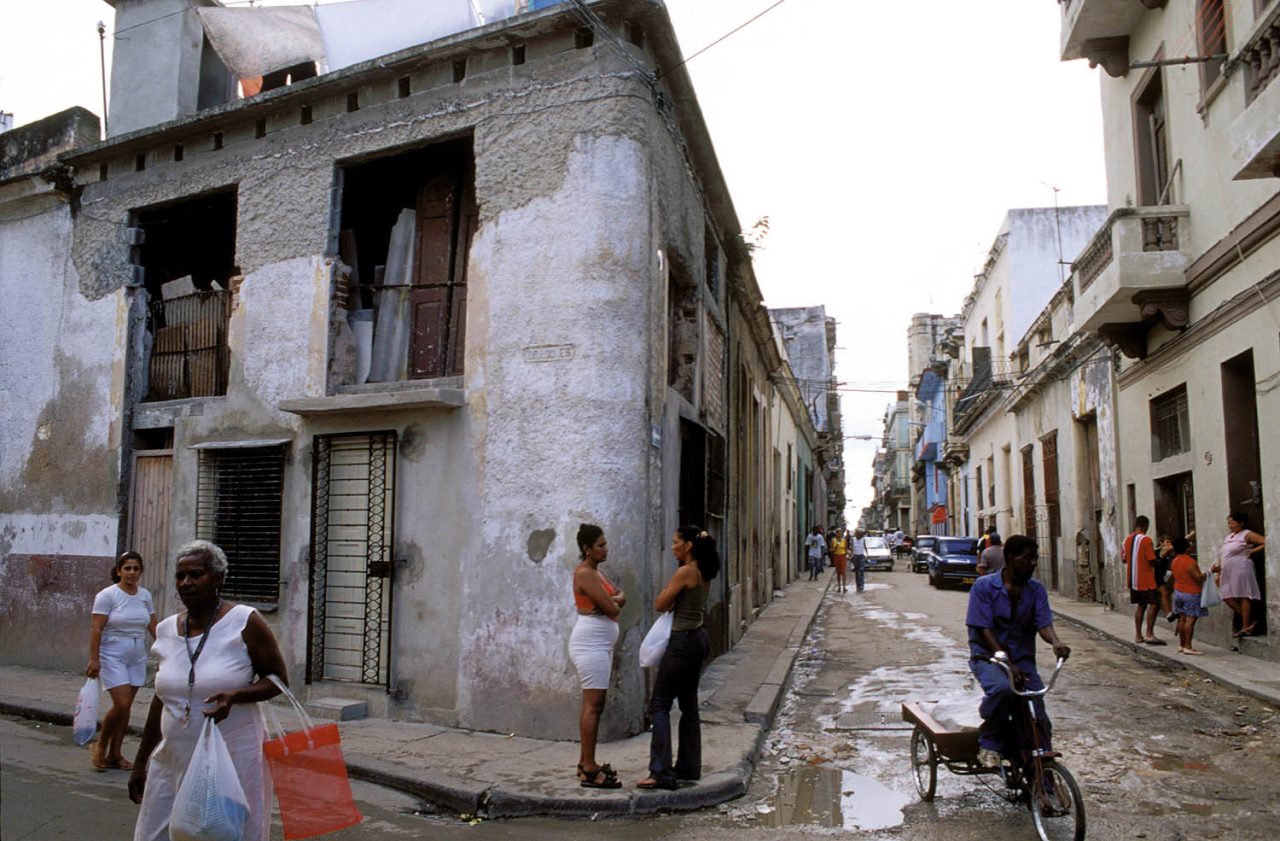
In 2006, he handed power to his brother Raul, who slowly but surely has loosened things up in Cuba...
By 2010, Fidel himself admitted that ‘the Cuban model doesn't even work for us anymore.” In terms of , Cuba still ranked as one of the top countries in the world – but a skilled workforce is no use if they don’t have jobs to do or money to spend. The average salary is $20 a month, and the country’s GDP is pretty much stalled at where it was in 1985.
Raul Castro loosened restrictions on private businesses, allowing a list of 201 licensed occupations (things like plumbers and electricians) to set up private firms. The share of companies owned by the state dropped from 100% to 71%.
… but not completely.
In a lot of ways, Cuba is still stuck in the past. Only seven out of 100 people have computers, so the vast majority of people have no access to the internet.
The US lifted the majority of its restrictions off the back of a deal between Raul Castro and Obama in 2014, but a lot remains to be done – American tourists can’t go to the beach without permission of Congress, for example. Human rights abuses, control of the media, and public surveillance don’t seem to be going anywhere either.
Castro is a perfect example of how political ideals and economic plans can’t be separated from each other.
When Castro was raising money for his first coup attempt in 1959, rumor has it he said he’d reject any funding from the wealthy – ”I prefer cents from the poorest of the vendors of newspapers, vegetables or fruits in Santiago, because that unites them. They say, ‘I gave to the Revolution’. Even if it’s 10 cents.’
But in 2014, Forbes Magazine named him one of the richest people in the world, with a fortune of $900 million, taking into account all the state-owned enterprises he owned. Castro was furious: "If they can prove that I have a bank account abroad, with $900 million, with $1 million, $500,000, $100,000 or $1 in it, I will resign," he said.
These quotes pretty much sum up the politics and controversy of Castro’s economics, and his legacy.
Some see him as a champion of the working classes in the developing world, standing up against America and helping fund revolutionary movements from Latin America to Africa.
Others feel that someone with a human rights record like Castro’s – silencing free speech and executing his opponents – can never be praised for ‘equality’ or ‘justice’. There’s also a lot of people who disagree with the idea of nationalizing private businesses on the scale he did, saying people have the right to run their own companies in their own interests.
What we do know is that the man was a fighter – the US tried to kill him 638 times, with everything from poisoned toothpaste to exploding cigars. He turned a small and insignificant island into a seriously powerful player in a Cold War world. And he smoked a hell of a lot of cigars on the way.
